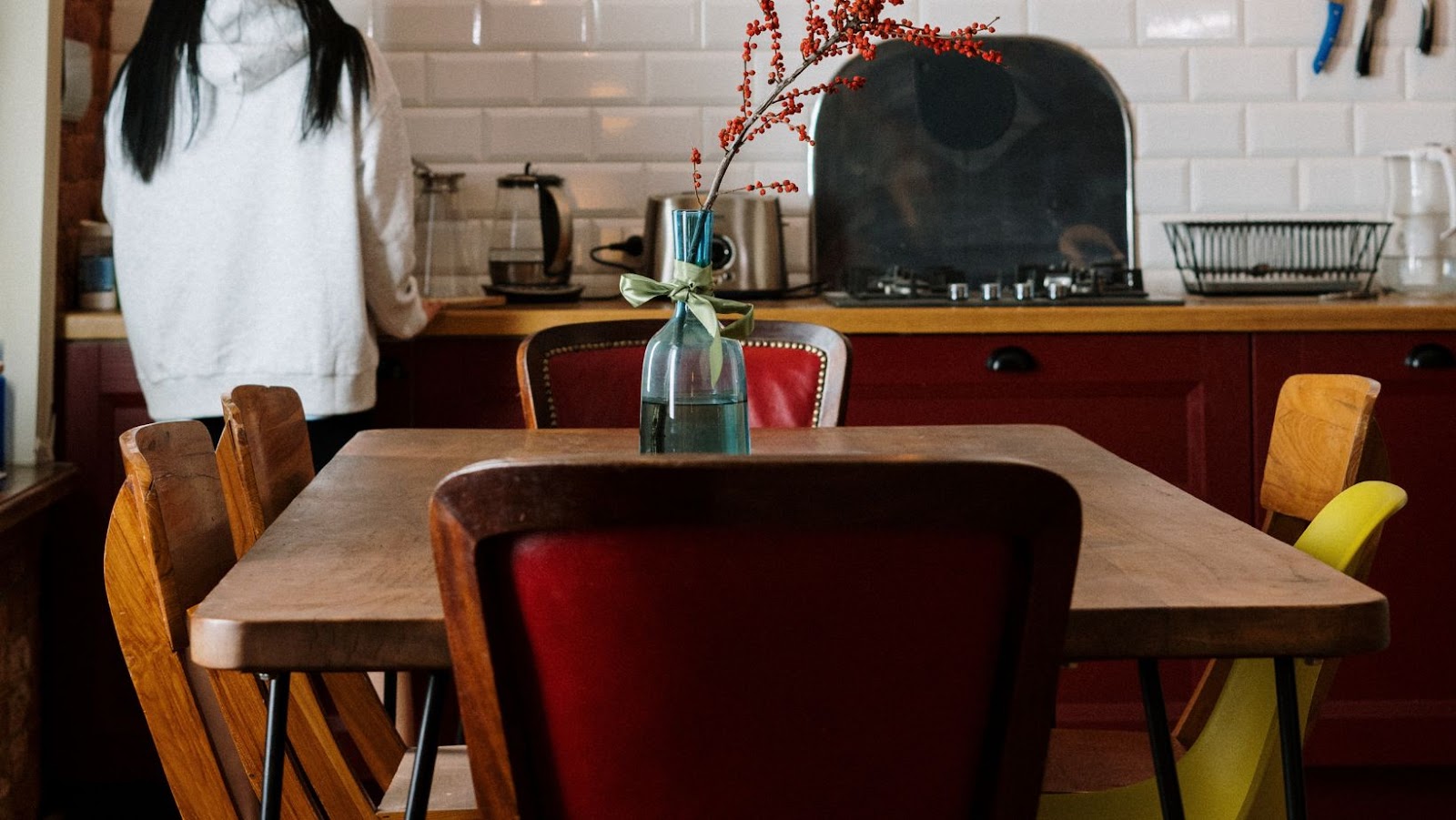
Maximizing small spaces can be a challenge – no one likes to feel like they’re living in a shoebox. That being said, with the right approach to design, it’s possible to make any compact home or apartment feel relatively spacious. The main things you need to focus on are our efficient use of space, clever storage solutions, and strategic furniture placement.
Use Light Colours
One way to maximize small spaces is to use light colours on walls and floors to create the illusion of a larger space. Light neutral colors reflect light better than darker shades, making spaces feel brighter and more open as a result. This can be especially effective in spaces with limited natural light; to increase this effect, mirrors can be used to visually expand a space by reflecting light and space to give the impression of a larger area.
Multifunctionality
Multi-functional furniture is a must-have for small spaces. Pieces that can be used for more than one purpose, such as a sofa bed, a storage ottoman, or a folding table, can help to maximize the functionality of a room while minimizing the amount of stuff you have.

Furniture that can easily be moved around is also a great option, as it can be reconfigured to suit different functions as and when you need it.
Go Vertical
Another important method to use to maximize small spaces is to focus on vertical storage options. Making sure that you’re using walls for shelving, hanging storage, and other forms of vertical organization can help to keep clutter off the floor while maximizing usable space. Additionally, built-in storage solutions, like under-bed drawers, wall-mounted cabinets, and custom-built bookcases, can help to make the most of every inch of a room.
Differentiate Your Spaces
When designing a small space, it’s important to create distinct zones for different activities. This can be achieved through strategic furniture placement, area rugs, or fabric room dividers from Woodyatt Curtains.

For example, a small studio apartment can be divided into a sleeping area and a living area by placing a sofa or bookcase to separate the two spaces. Similarly, a small bedroom can be divided into a sleeping area and a workspace by placing a desk and chair in one corner.
Getting Rid of Clutter
Finally, to fully make use of small spaces, you need to focus on creating an efficient flow and avoiding clutter. In a smaller apartment, things get messier much quicker than in larger homes – as a result, it’s important to keep surfaces clear and organized so that items are easily accessible and not taking up valuable floor or counter space.
Using organisers like baskets, paper trays, and drawer dividers, can help to keep things tidy and make the most of every inch of your available storage space. Even small spaces can be made to feel relatively large and functional. Maximizing these small spaces necessitates a combination of design strategies, including using light colours to create the illusion of space, focusing on vertical storage, and creating distinct zones for different activities. With the right approach, even the smallest of spaces can feel welcoming and functional as long as you make the most of every inch of available space.























